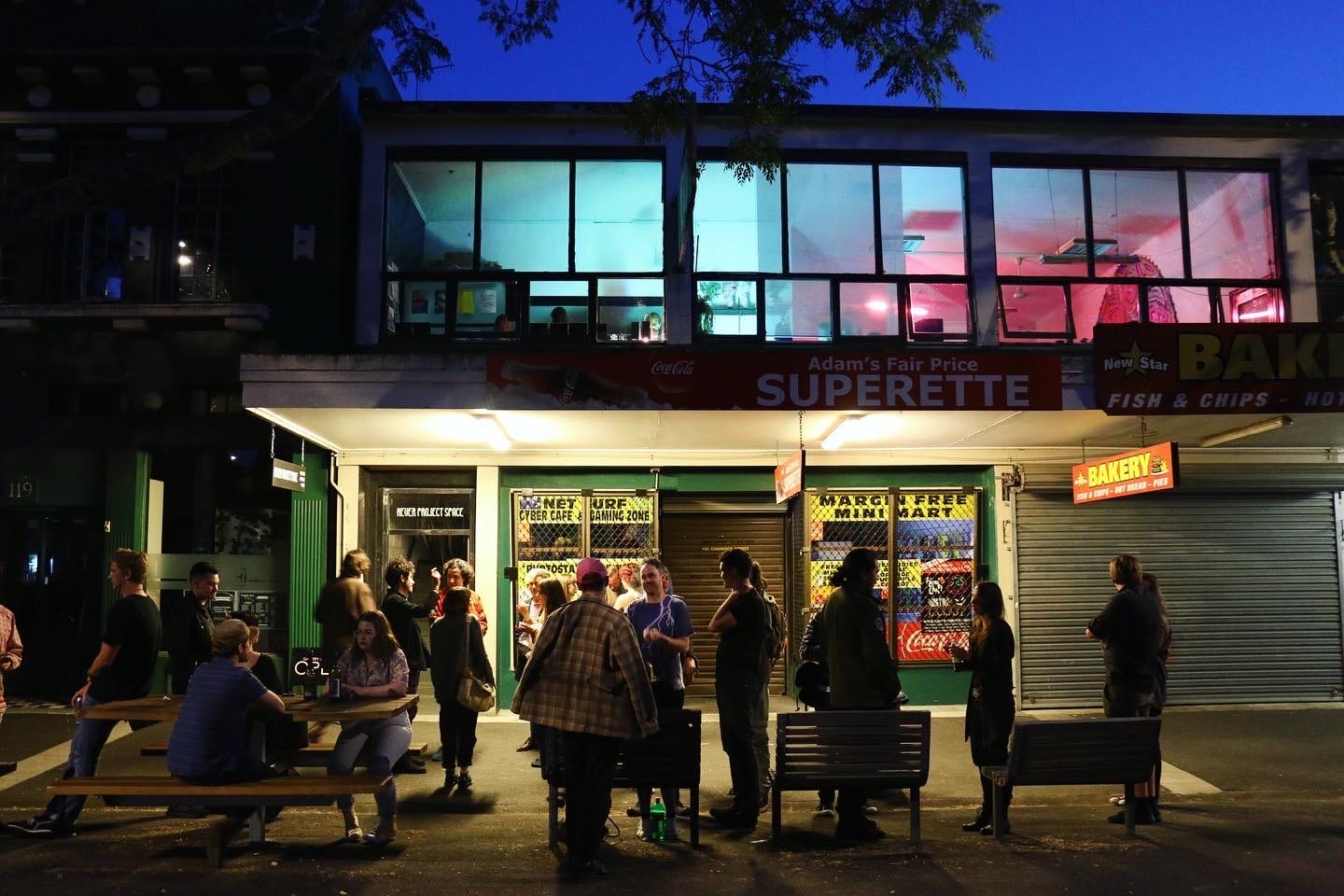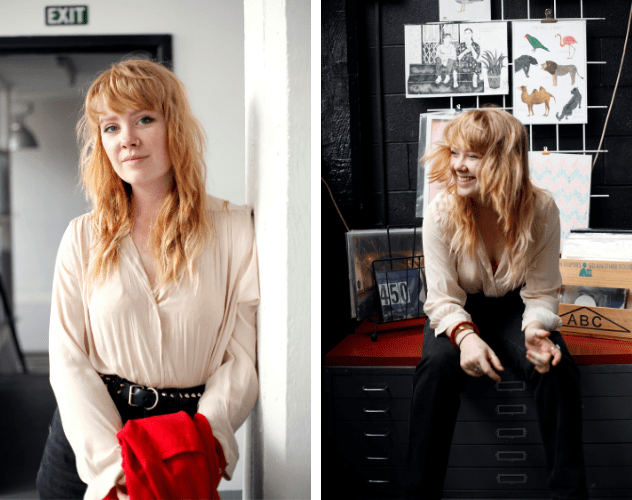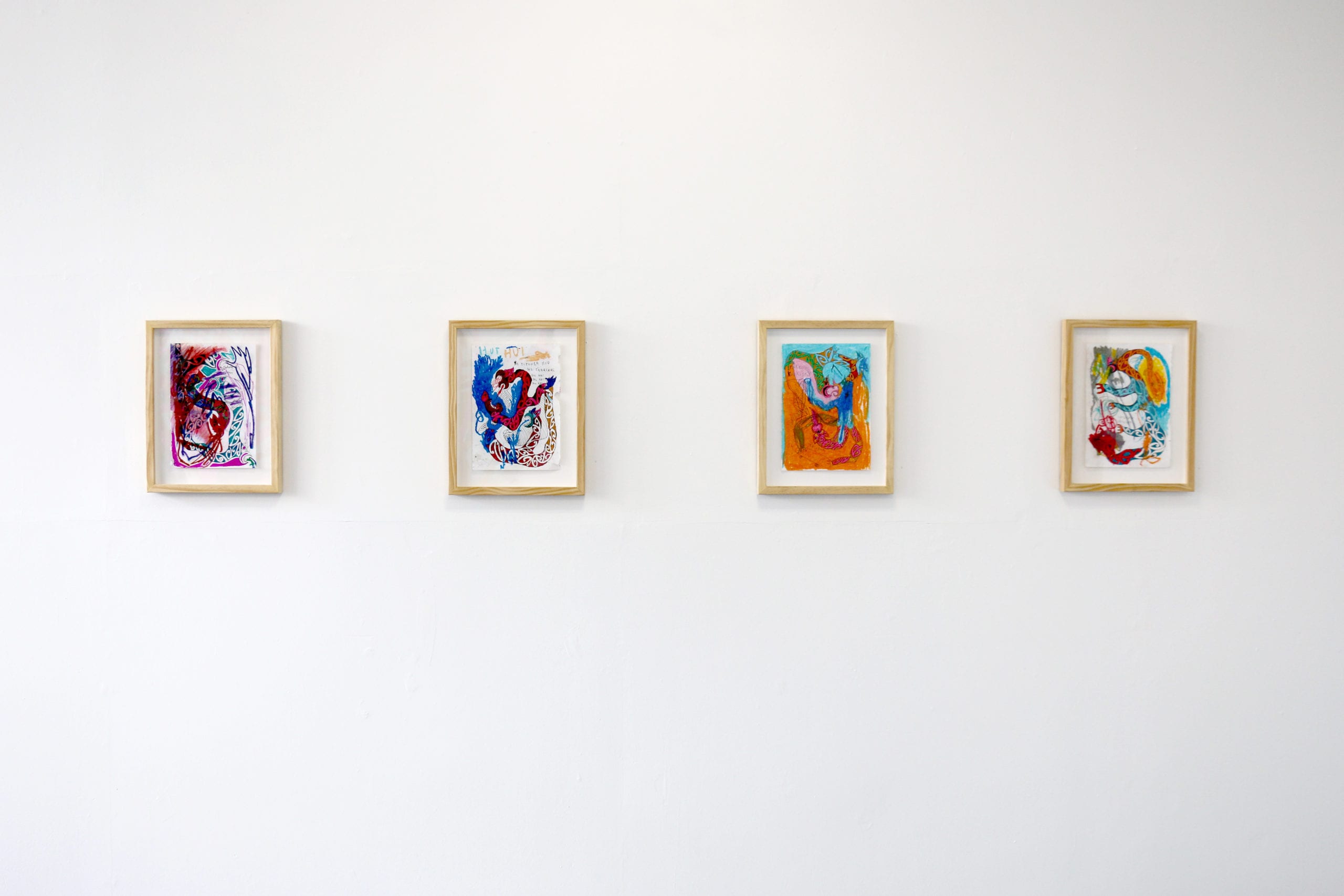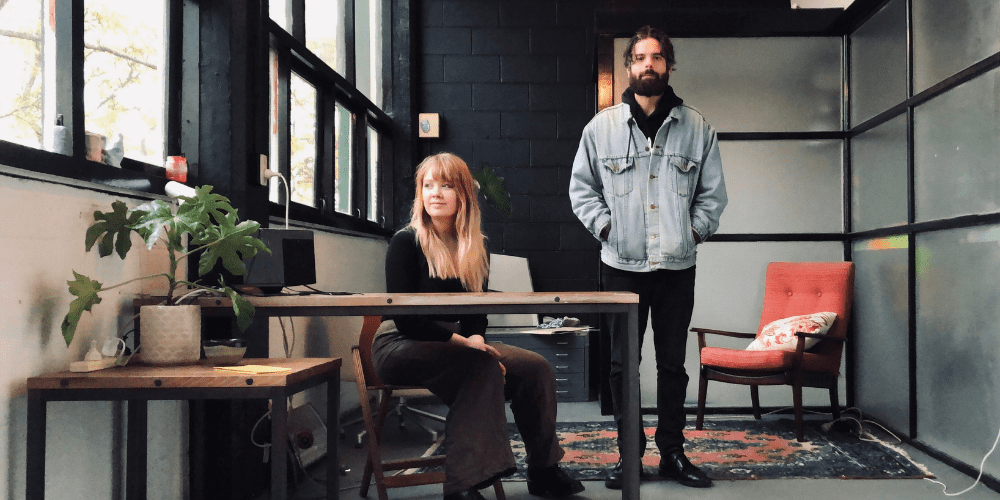Tucked behind an unassuming door next to a dairy and sushi shop in Frankton, Hamilton, lies Never Project Space, a new kind of gallery that’s pushing back against the elitism of the art world.
Founded in 2015, the independent, artist-run gallery was established by local artists Eliza Webster and Nicholas Walsh. The vision behind the gallery, says Webster, was to provide the city with an “alternative to the white box, white wine, quiet and sterile art space”.
The gallery showcases an eclectic mix of disciplines, providing a platform for emerging artists to exhibit their work, and mid-career artists to experiment with art that may not fit within the walls of the traditional gallery space.

“Gallery spaces, traditionally, can be intimidating places to visit – quiet, often huge rooms, great artworks with little plaques beside them indicating worth and provenance, exhibition openings involve lengthy conversations about concept and art theory between academics in lovely suits,” says Webster. “I’ve always hoped that Never can be a place where artworks exist with the viewer, without dominance and with comfort.”
Webster, who divides her time between running the gallery, framing art, and working as a technician for the Wallace Arts Trust, started the gallery (formerly named Skinroom) as a space for local students to exhibit their work.
Six years on, Never Project Space now hosts everything from exhibitions, literary events and music performances to poetry readings, films and workshops. It’s a space with its own unique history, once a tattoo parlour, fishing shop and gay club that, rumour has it, served partygoers mince on toast.
Never’s eclectic history is echoed in the gallery’s ethos, as a space that offers a platform for a diverse range of artists. “I’ve always felt strongly that Never will be a space open to all walks of artists and performers no matter where you come from, what you look like, or who you spend your time with,” says Webster.

As an artist herself, Webster says it was important to create a space that was run by artists for artists. “Artist-led galleries have long been key players in the contemporary art ecosystem,” she says. “They offer an essential counterpoint to the commercial sector, where experimentation and innovation can be at the forefront, and where producing sellable work isn’t so important. “Being independent means that we don’t have to adhere to traditional formats of exhibition or performance; we are free to curate a programme of events that is true to us as a team and as individuals.”
Building a gallery from the ground up with little funding has had its hurdles. Last year, Webster and Walsh launched a Boosted crowdfunding campaign to raise much-needed funds for artist fees and building maintenance. “Because our kaupapa is so artist focused, it is important that we can pay artists and performers what they’re worth when they exhibit [or] perform with us … exposure just doesn’t cut it,” she says. They were overwhelmed by the community support, making their target in the last 24 hours of the campaign. “I don’t think I can put into words how thankful we are for the community we have.”

One might not think of this city of roundabouts as a thriving arts hub, but in recent years, Hamilton’s arts scene has flourished. The BOON Street Art Festival, a week-long annual event which sees featured artists paint murals on buildings, bridges and streets, brings the city alive with colour and creativity.
Webster, who has her own mural on a local underpass, says the arts scene in Hamilton is constantly moving and changing. “The arts community is small but tight, and our organisations tend to work together a lot of the time. It’s a really cool thing to see the public engage freely with artworks, and I do believe that it is pushing people to engage in other arts activities – visiting galleries, markets, performances and making artworks themselves. I definitely see Hamilton as a burgeoning creative hub; it’s a very exciting place to be right now.”
After a year of pandemic-driven delays and cancellations, Webster has a lot in store for the gallery in 2021, hosting events for the Hamilton Garden Arts Festival, Hamilton Book Month and the first-ever Grrrl Fest, along with some ‘top secret’ ideas in the works. “In 2021, we plan to present in equal amounts contemporary art exhibitions, live music and literary events,” she says. W
hile kept busy with her “7-days- a-week vocation”, Webster is happy to play her part as an advocate for Hamilton’s arts community. “Artist-run spaces, experimental arts spaces and community spaces provide a place to experiment, make connections and to find your tribe.
“It has been a real pleasure to see relationships and collaborations between the visual arts and music communities grow and prosper. In the end, it’s all about people and community plus expression.”




